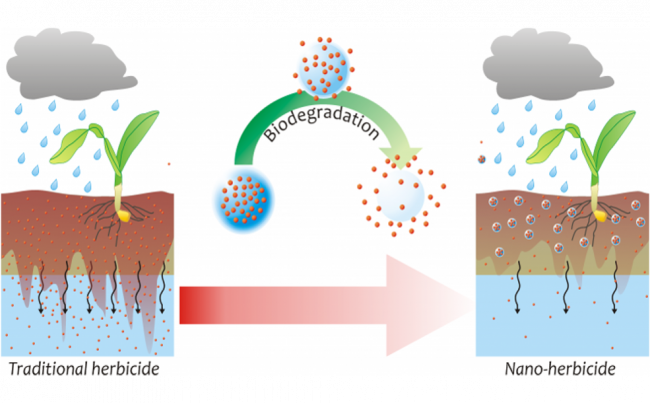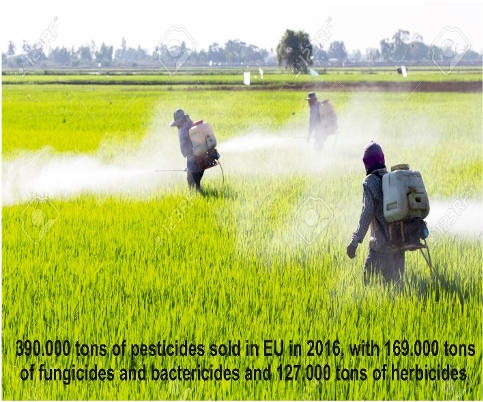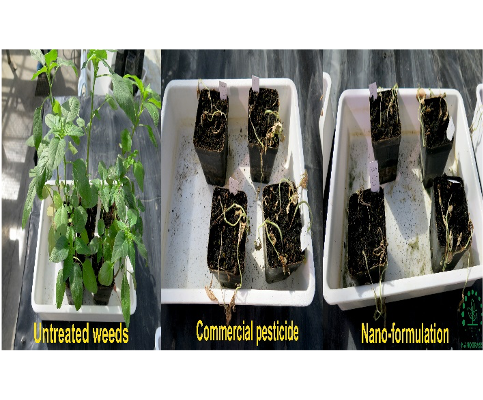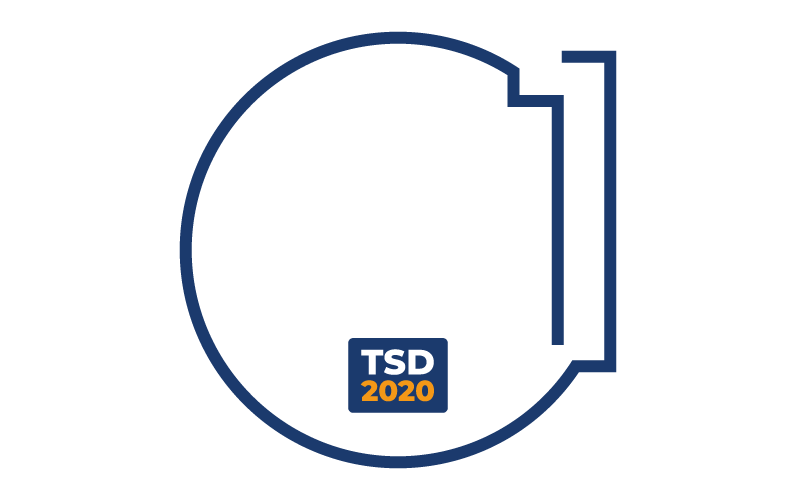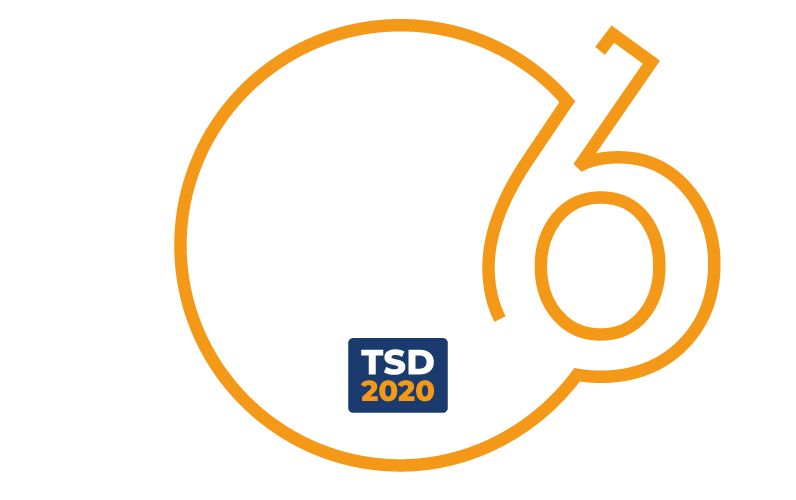The extensive use of pesticides is a common, and often unavoidable, practice in agriculture, but presents numerous drawbacks related to their toxicity and mobility in the environment.
The main environmental problems associated with agrochemicals depend of the characteristics of the specific compound. Ultimately, the most critical products are those characterized by a significant dispersion in the environment (both during the application to crop and later on, when irrigation and rain events disperse them in surface water and groundwater), by a significant toxicity toward humans and other non-target organisms (crops, insects, etc.) and by a high persistency (because scarcely biodegradable and/or photodegradable). On the other hand, some common pesticides, although extremely effective and eventually less toxic that broadly used competitors, have a limited use, since they are too volatile or soluble, and consequently a large quantity of product applied in the field is lost in the environment.
The environmental issues associated to agrochemical products have also obvious economic drawbacks, including the recall from the market, the adoption of limitations on its uses, and the need to develop alternative formulations.






